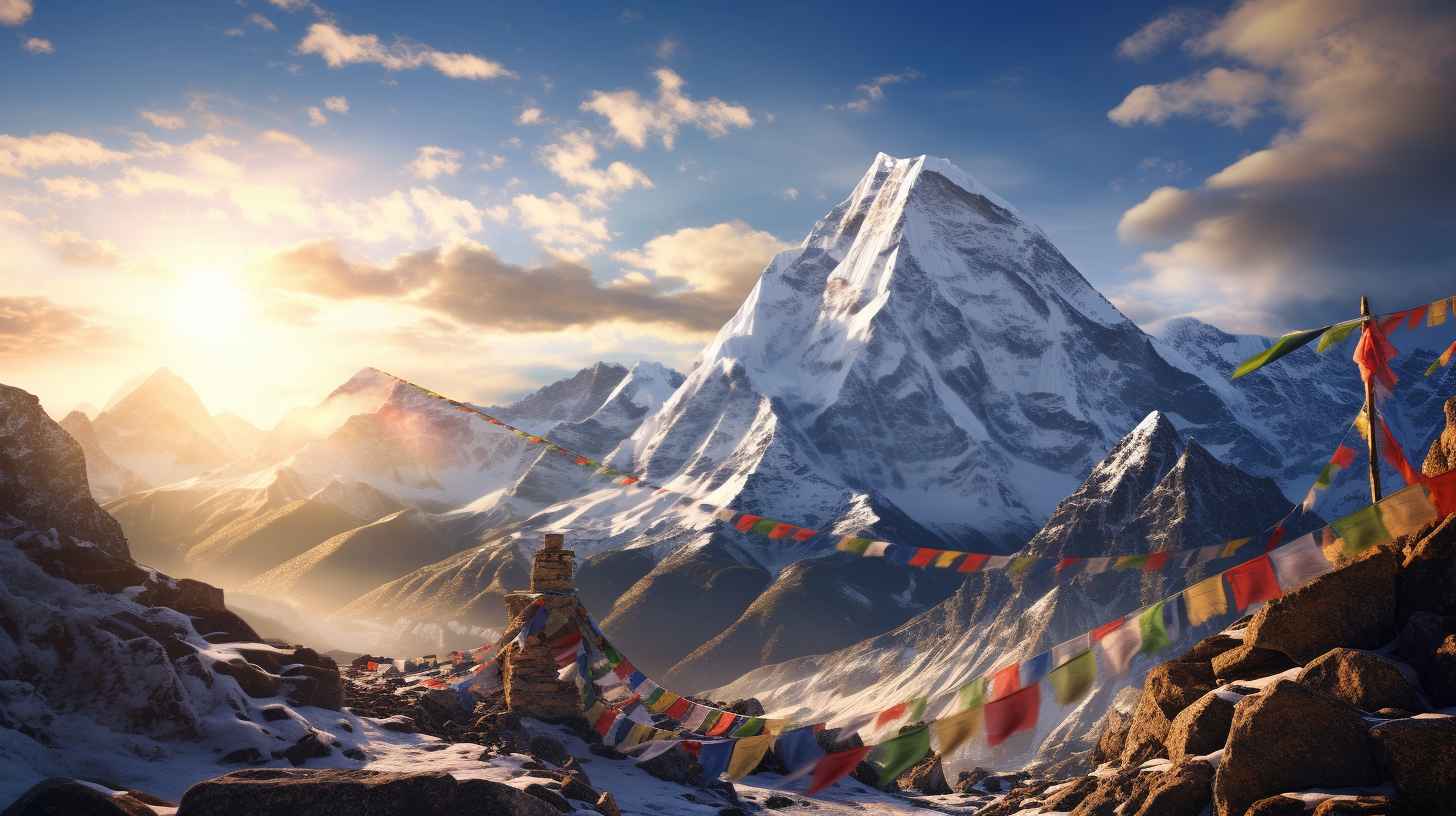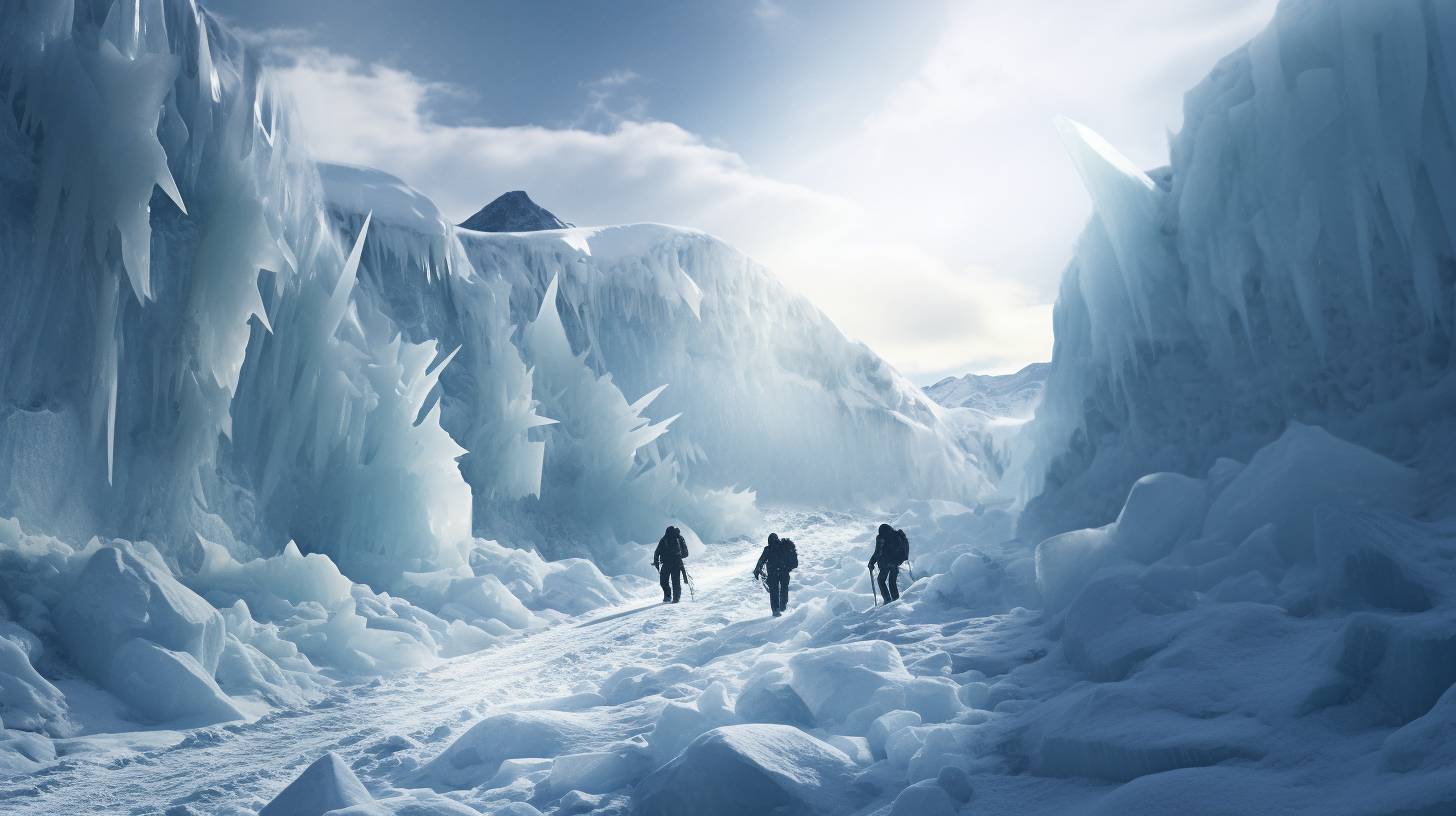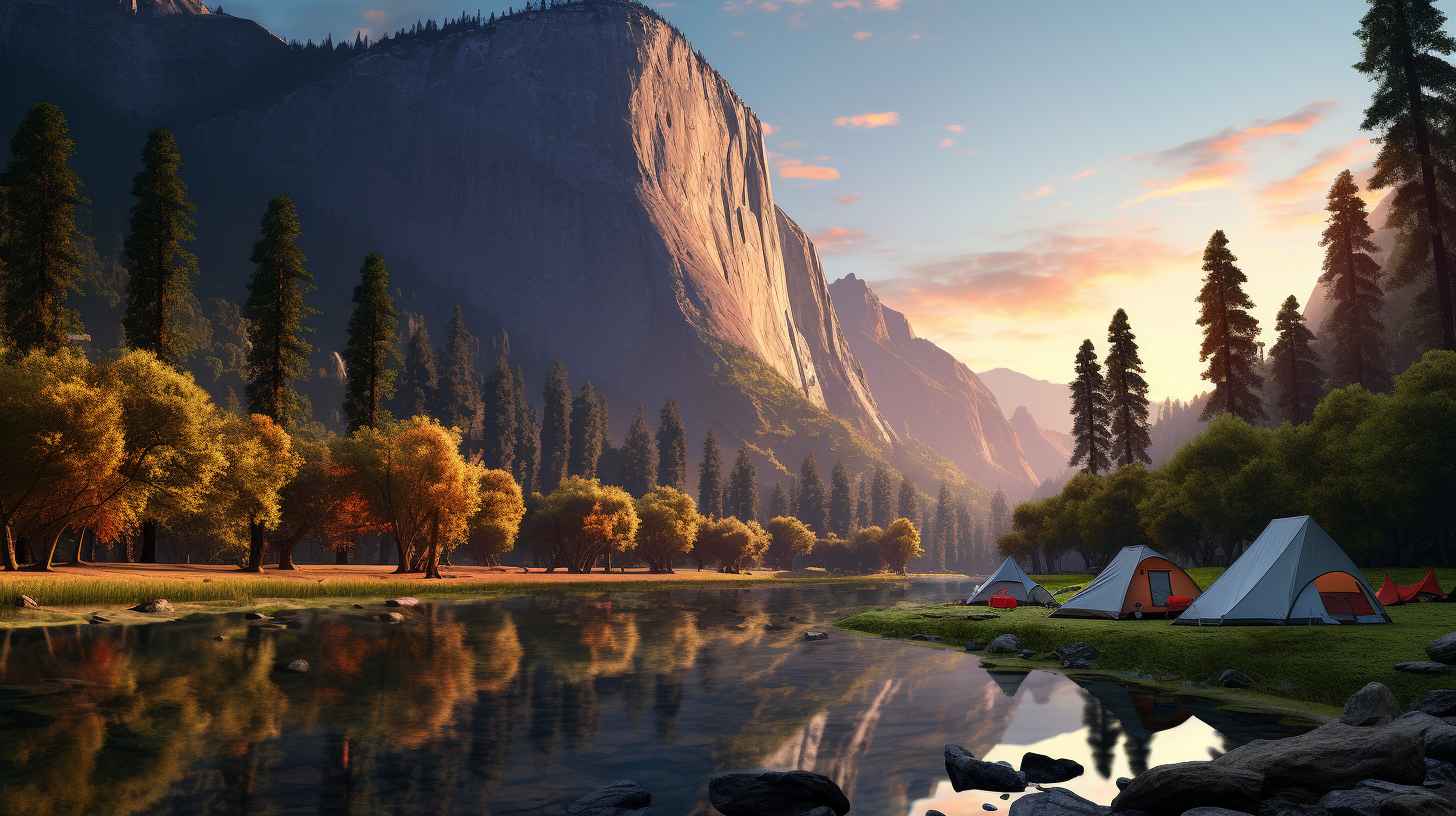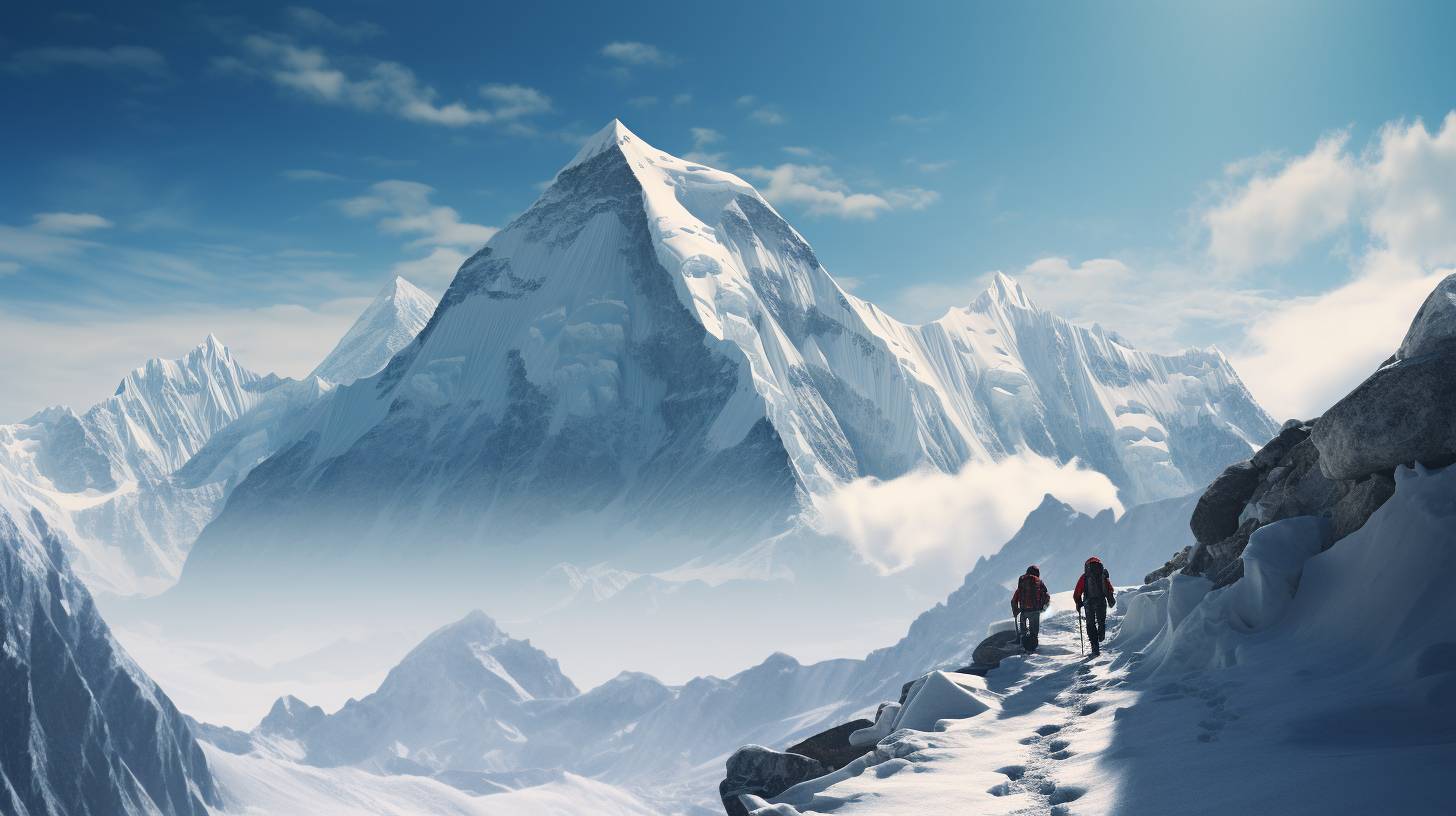
How High Base Camp Everest

Are you ready to embark on an exhilarating expedition to the extraordinary elevation of Base Camp Everest?
This enchanting enclave of extreme altitude presents challenges for even the most intrepid climbers. Acclimatization is key to conquering this colossal climb, as you adapt to the thin air and unforgiving weather conditions.
Strap on your boots, prepare for the trek ahead, and discover the awe-inspiring heights of Base Camp Everest.
Key Takeaways
- Base Camp Everest is located at approximately 5,380 meters above sea level, where the effects of elevation on the human body become prominent.
- The decrease in oxygen levels at higher altitudes can lead to health risks, with acute mountain sickness (AMS) being the most common issue faced by climbers.
- The acclimatization process is crucial for successful climbing, involving a gradual ascent, physical training, and adequate rest and recovery periods.
- Weather conditions at Base Camp Everest can be highly unpredictable, with temperature variations from below freezing to relatively warm. Proper equipment and reliable weather forecasting are necessary for a safe climb.
The Elevation of Base Camp Everest
To understand the elevation of Base Camp Everest, you need to know that it’s located at an altitude of approximately 5,380 meters above sea level. At this height, the effects of elevation on the human body become prominent.
The decrease in oxygen levels at higher altitudes can lead to a range of health risks. The most common issue is acute mountain sickness (AMS), characterized by symptoms like headache, nausea, and fatigue. If left untreated, AMS can progress to more severe conditions such as high altitude pulmonary edema (HAPE) and high altitude cerebral edema (HACE), which can be life-threatening.
Therefore, climbers and trekkers ascending to Base Camp Everest must acclimatize properly, allowing their bodies to adjust gradually to the increasing altitude. This includes taking rest days, hydrating well, and ascending slowly to minimize the risk of altitude-related health complications.
Altitude Challenges at Base Camp
Experiencing altitude challenges at Base Camp Everest includes acclimatizing properly to the increasing altitude, allowing your body to adjust gradually to minimize the risk of health complications.
Altitude sickness, also known as acute mountain sickness (AMS), is a common issue faced by climbers at high altitudes. It occurs when your body fails to adjust to the decreased oxygen levels and lower air pressure. Symptoms of altitude sickness can range from mild to severe and may include headaches, nausea, fatigue, and difficulty sleeping.
It’s crucial to take preventive measures and listen to your body’s cues. Base Camp Everest does have limited medical facilities available, but it’s essential to understand that treatment options may be limited due to the remote location.
It’s recommended to consult a healthcare professional before attempting to climb to Base Camp Everest to ensure you’re physically prepared and aware of the potential altitude challenges.
Acclimatization Process for Climbers

Maximizing acclimatization is crucial for climbers at Base Camp Everest to adapt to the high altitude. To ensure a successful climb, climbers must undergo an acclimatization process that allows their bodies to adjust gradually to the decreasing oxygen levels. Here are four key steps in the acclimatization process:
-
Gradual Ascent: Climbers should ascend slowly, allowing their bodies to acclimatize to the increasing altitude. Rapid ascents can lead to altitude sickness, a potentially dangerous condition.
-
Altitude Sickness Prevention: Climbers should be aware of the symptoms of altitude sickness, such as headaches, nausea, and dizziness. They should take necessary precautions, such as staying hydrated, avoiding alcohol, and taking medication if needed.
-
Training for High Altitude Climbing: Climbers should engage in physical training before attempting to climb at high altitudes. This includes cardiovascular exercises, strength training, and endurance training to prepare the body for the physical demands of climbing at high altitudes.
-
Rest and Recovery: Adequate rest and recovery periods are essential for climbers to allow their bodies to adapt and rejuvenate. Rest days should be scheduled throughout the ascent to prevent fatigue and increase the chances of a successful climb.
Weather and Climate Conditions at Base Camp
When you’re at Base Camp Everest, it’s important to be aware of the weather and climate conditions. The weather patterns at Base Camp can be highly unpredictable due to the mountain’s extreme elevation and proximity to the jet stream.
The temperature can vary significantly, ranging from below freezing at night to relatively warm during the day. It’s essential to come prepared with the right equipment to withstand these challenging conditions. This includes warm, waterproof clothing, sturdy boots, and high-quality sleeping bags that can handle sub-zero temperatures.
Additionally, climbers should have a reliable weather forecasting system to stay updated on any sudden changes in weather conditions. Being well-prepared and knowledgeable about the weather at Base Camp is crucial for a safe and successful climb.
Reaching Base Camp Everest: Trekking Routes and Difficulty Levels

To reach Base Camp Everest, you can choose from various trekking routes that offer different levels of difficulty. Here are four popular routes to consider:
-
The South Col Route: This is the most popular and technically challenging route. It requires advanced mountaineering skills and experience, along with specialized trekking equipment like crampons and ice axes.
-
The Khumbu Icefall Route: This route takes you through the treacherous Khumbu Icefall, known for its crevasses and seracs. It’s a highly technical and physically demanding route that requires a high level of fitness and the guidance of experienced local guides.
-
The Gokyo Lakes Route: This alternative route offers stunning views of the Gokyo Lakes and takes you through remote valleys. It’s less crowded and less challenging than the South Col Route, making it suitable for those with moderate trekking experience.
-
The Jiri Route: This longer and less frequented route starts from Jiri, a town in the lower Solu Khumbu region. It’s a great option for those seeking a more gradual acclimatization process and a chance to experience the local Sherpa culture.
When embarking on any of these routes, it’s highly recommended to hire experienced local guides who are familiar with the terrain and can provide valuable assistance throughout the trek. Additionally, make sure to bring appropriate trekking equipment to ensure a safe and enjoyable journey.
Conclusion
So there you have it, the height of Base Camp Everest.
Despite the challenges and risks involved, climbers continue to push themselves to reach this lofty point.
The acclimatization process and careful planning are crucial in ensuring their safety.
The ever-changing weather and climate conditions only add to the difficulty.
But hey, who doesn’t love a good challenge, right?
So grab your gear and get ready to conquer the heights of Base Camp Everest, if you dare.
Disclaimer: Some information is provided through AI. Users should always conduct their own research and consult with qualified professionals before making any decisions.Affiliate information declaration: We may earn revenue from the products referred on this page and participate in affiliate programs.


